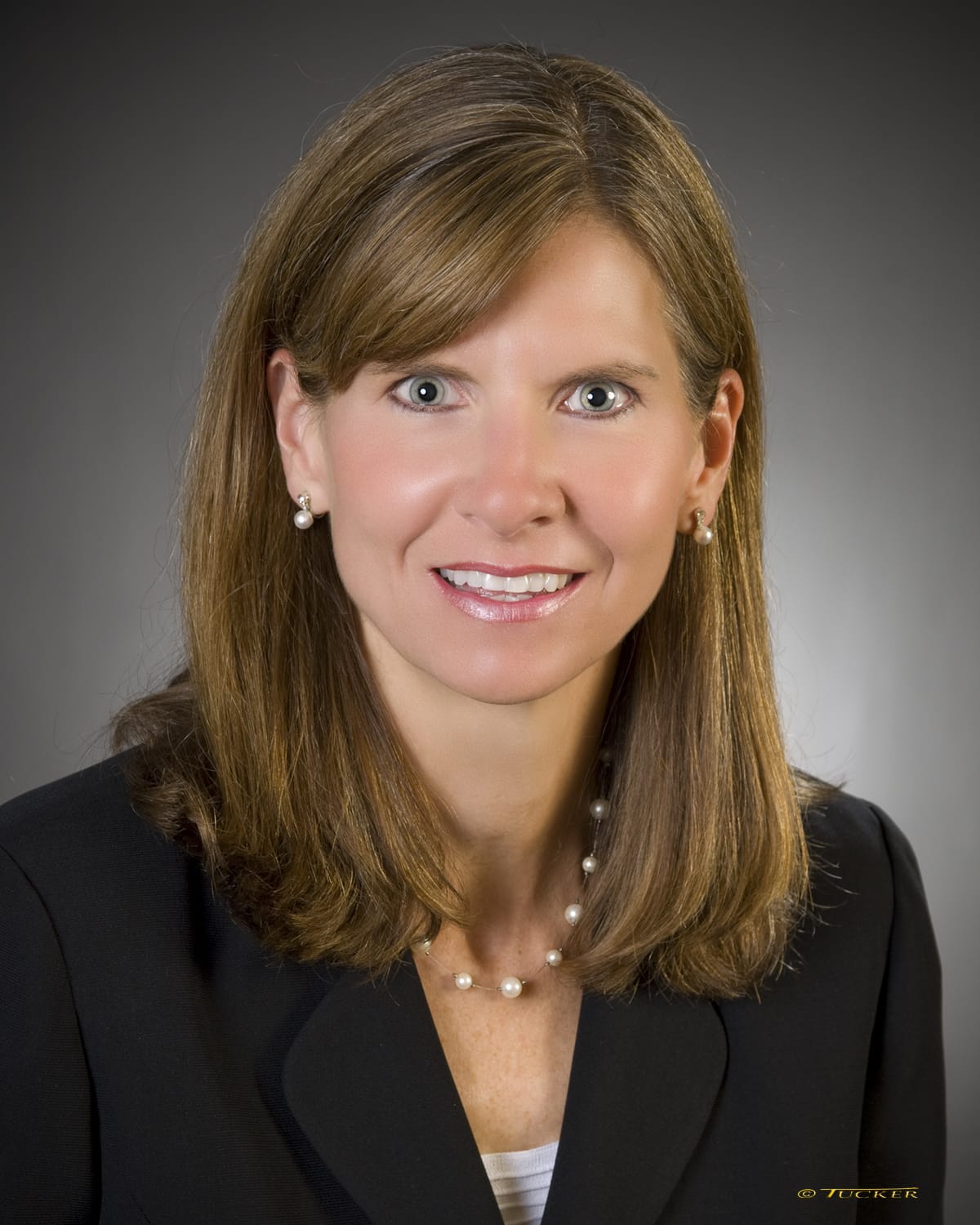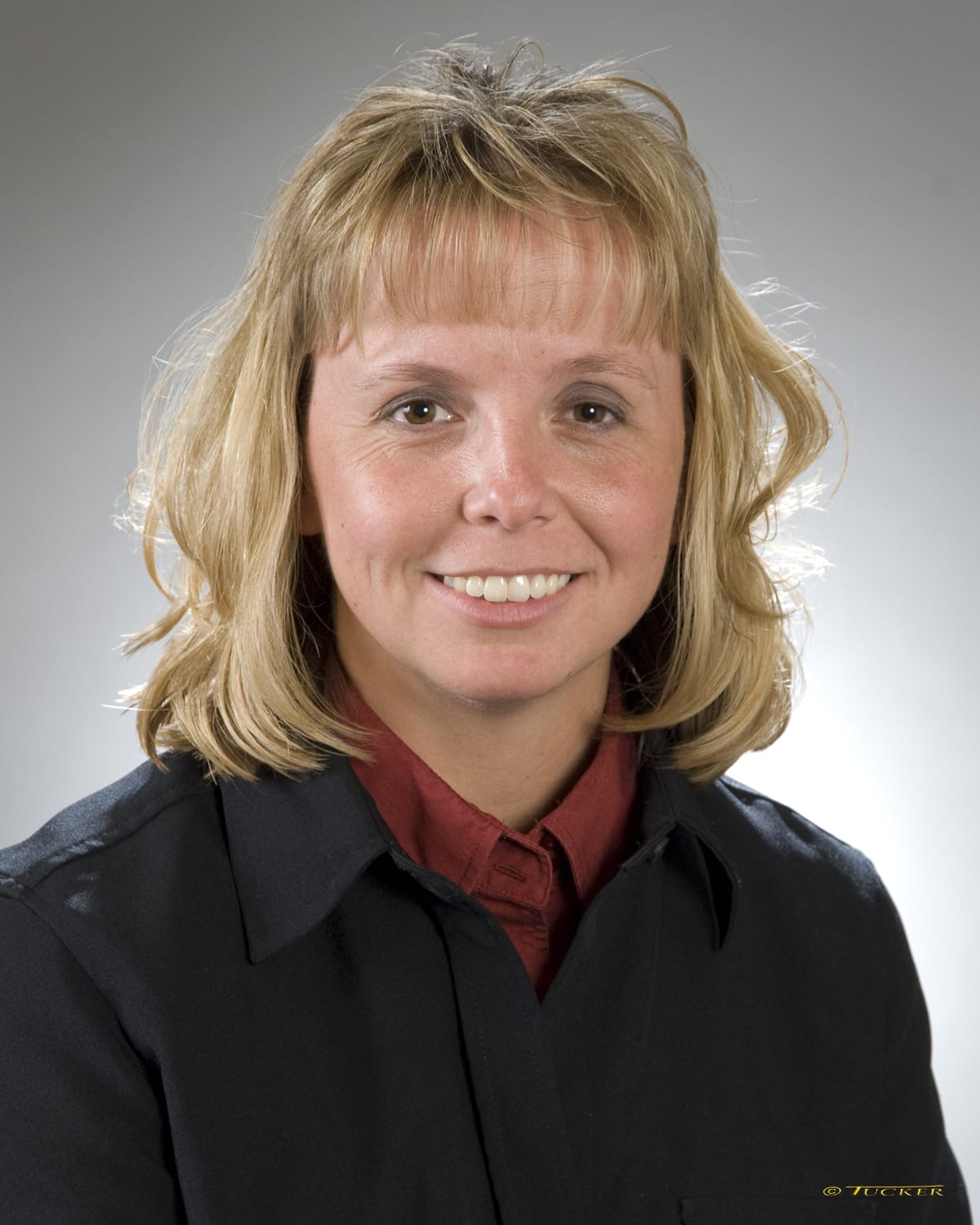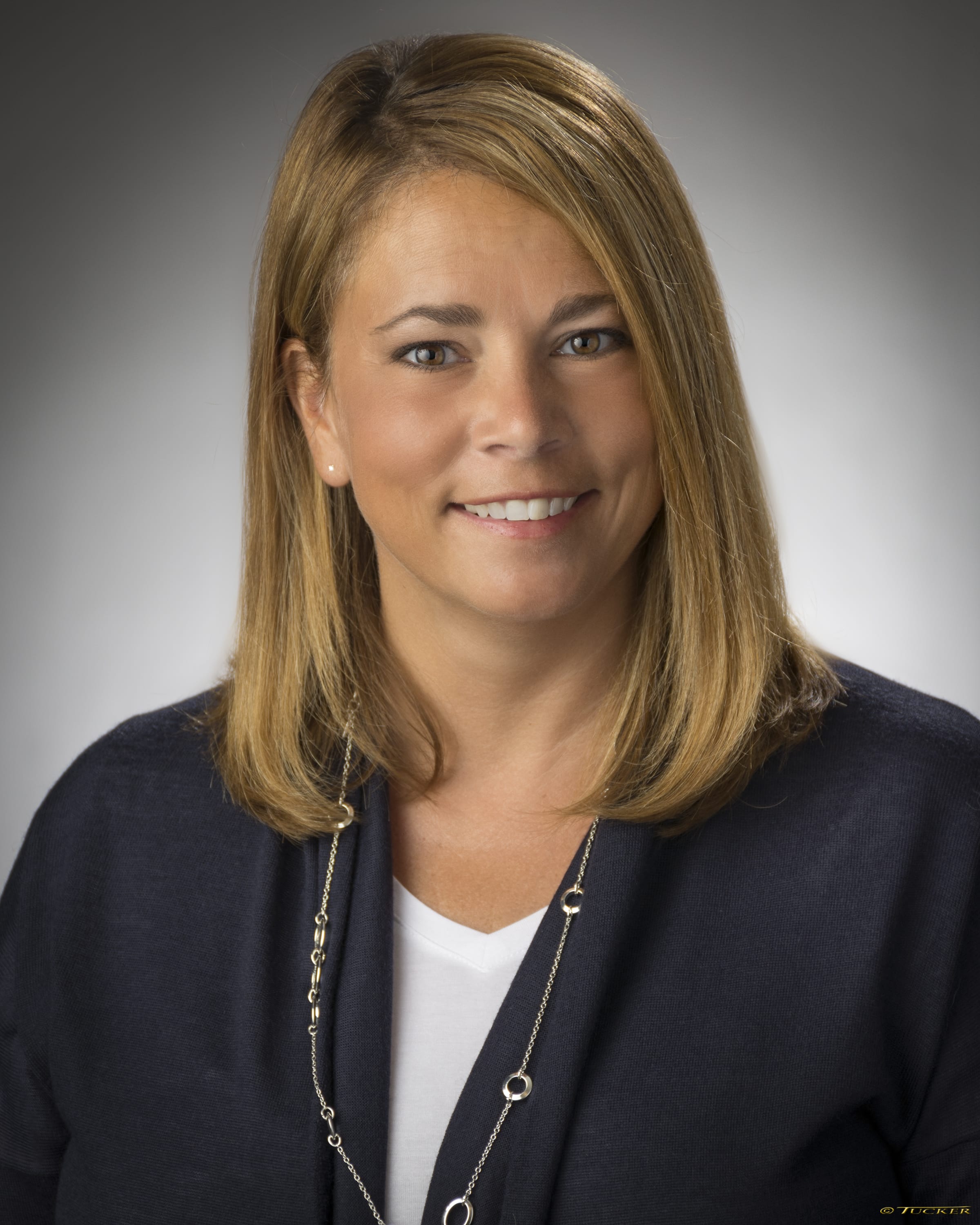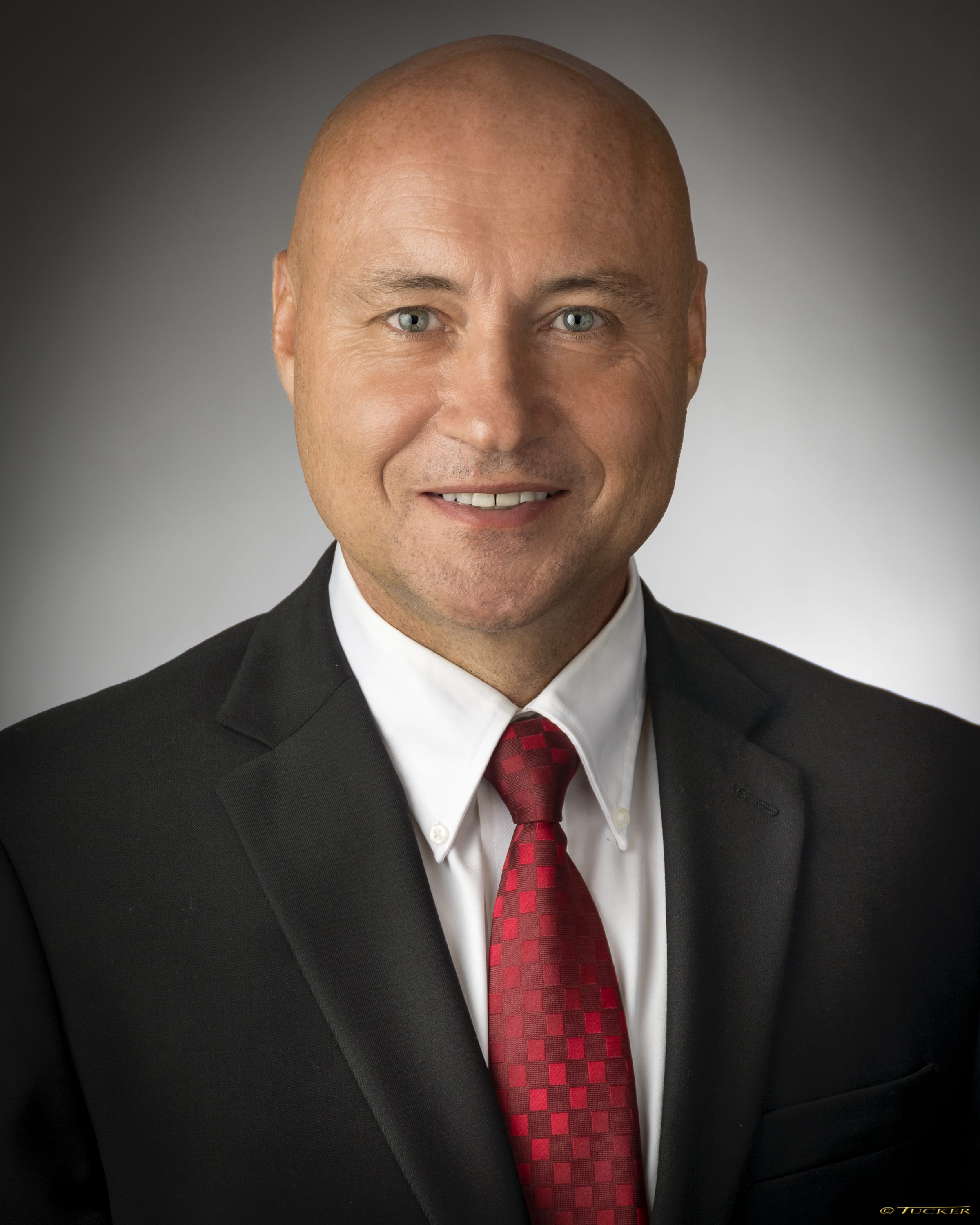Field Services Technology: Directing Traffic, Driving Progress
Editorial
May 30, 2018
Source: DS News (Driving Traffic, Driving Progress [pdf)
Field services technology platforms have proven themselves most efficient in acting as traffic controllers on the property information highway.
Traffic systems in towns and cities were implemented to create order and organization. Marked lanes, established right-of-way signs, and mechanical signals keep the daily commute from collapsing into total chaos. Detailed rules and regulations also provide guidance and travel safety. But despite the efficiency of the traffic system, outside factors can derail even the most comprehensive plans.
When traffic systems fail due to accidents or other circumstances, traffic officers may be called in to monitor and guide travelers. To avoid major traffic congestion that can lead to complete gridlock, these officers use gestures and signals to regain safety and the efficient flow of traffic.
Much like a traffic controller, mortgage field services companies must maintain the flow of information between mortgage servicers, inspectors, maintenance contractors, and third-party service providers. To do so effectively, field service companies must design an efficient technology workflow that integrates disparate systems to guarantee data quality and integrity throughout the process.
MAKING THE RIGHT TURNS
An effective workflow management system is required to automate order processing, routing, invoicing, and reporting services to ensure quality results for property preservation services across the country. Integrated workflow technology is a fundamental success criterion in this highly regulated and customer service-oriented industry. A streamlined business process is necessary to effectively identify, dispatch, assess, and review field work. This fact is amplified when considering the transaction volume involved. Thousands of properties daily must be inspected and/or maintained, each property with unique characteristics and requirements. To compound the challenge, each client and GSE has specific service level agreement and compliance requirements that must be met.
For a field service company to effectively meet clients’ expectations, a dynamic, business rule-driven system is required to store information regarding client, property, and work order attributes. It must act as the hub or “traffic controller” for workflow management and priority-based distribution. The system also must be able to integrate in real-time with contractor, third-party, and servicing systems. Batch file process, with its inherent delays and limited acknowledgement capabilities, is simply inadequate in today’s mortgage servicing industry.
FINDING THE FAST LANES
In addition to real-time transactional integration, the field services company is required to provide cloud-based, full-service customer portal, providing self-service capabilities to servicers for managing order requests, order status, bid reviews, reporting, analytics, and property assessment reviews, including access to property photos and video.
Originating from the servicers’ mortgage servicing platform, a new order for a property service request enters the field services company’s workflow system, or “traffic controller,” which begins its job of directing and routing that order through the system. Field services companies set up a property record that ultimately will retain all of the attributes for that property throughout the lifecycle of inspections and preservation activities. The new property and its subsequent orders enter through an order gateway as a file or real-time integration with servicers’ systems. An efficient end-to-end property management system will track that property and order from its creation all the way through the invoicing process.
The “traffic controller” will then dispatch the order to the correct vendor—inspector or contractor. This automated transaction moves the order through a real-time mobile inspection and contractor network and administrative portal designed to provide full-service field support by defining crews, printing invoices, and even collecting and quality checking results in a single view. Built-in risk mitigation features include location-based services, an estimation and damage assessment module, and contractor registration portal with third-party background check integration.
From the field, contractors utilize a mobile app with “smart” scripting enabling customizable survey forms for different work types and multimedia technologies to properly assess each property, as specified by work order instructions and servicer and investor guidelines. The contractor work results are transmitted directly from the field to their back office for the first phase of the quality control process. This is accomplished by providing the contractors an integrated quality control module, which is configured to identify high-risk conditions that must be evaluated prior to submission to the field services company. If a high-risk condition or exception is identified, the remote field vendor receives a follow-up and must make compensating adjustments while on site. This workflow is only possible if the field vendor mobile app and the quality control module are integrated and designed to dynamically identify high risk exceptions.
Once the property assessment is complete, the finalized data is sent to the field services company near real-time. In some cases, panoramic photos or video are required to capture high risk property conditions. In addition, audio accompanies the video, which is a “game-changer” for the industry, allowing the contractor to provide specific details regarding the damage or other information that is impossible to convey in standard text or photos.
A SMOOTHER RIDE
This multimedia approach to capturing rich information about the property condition is imperative to the efficiency of the workflow system. All of the data collected by the contractor using the mobile app is organized and processed by a rules-based engine, which identifies and flags exceptions. The workflow system then routes the order for internal audit review. Field services companies define business rules within the system to help streamline order assignments and identify exceptions in work orders. These rules are based on service-level agreements with mortgage servicing clients or previously identified risks. If a discrepancy is identified, those order results are placed in a queue to be reviewed by a field services employee. This integrated workflow helps field service companies focus on exceptions by highlighting them in the process. Special attention is drawn to the exceptions through the automated process developed into the system.
If a work order result passes the internal audit process, the data, photos, and videos are sent immediately to the mortgage servicer. Property results are accessed through an internal portal designed to assist clients in managing their portfolio by providing the most current status of a property, along with photos and video to support the work that was performed, allowing hem to review damages and bids submitted by maintenance contractors.
Supplementary reporting helps identify properties that trigger additional work, providing customizable current, historical, and location-based heat maps of field services operations through the life cycle of property inspections and maintenance. Workflow system efficiency has reduced the timeframe from order creation to completion from weeks to days—or in some cases, hours. System automation and rules-based workflow is a key success factor to improving the quality of preservation services, and significantly contributes to reducing the amount of time to complete a work order.
AUTOMATING THE SYSTEM
Automation proves to be one of the most important elements in an integrated workflow system. It ensures accuracy and quality by enforcing consistency and eliminating human error when evaluating field results. The business rules defined in the system, from order creation to invoicing, make automation possible. It also allows the field services company to set specific exceptions that need validation from an internal quality control associate. Examples include a change in occupancy status, or electricity shut-off when a sump pump is present. Real-time changes for updates to rules are imperative for the automation to be effective. The system must adapt just as quickly and be easily configurable, even able to schedule changes in advance.
Additionally the ability to index the data collected to allows servicers to make better business decisions regarding their property portfolios by aiding in designing compliance, risk mitigation, and cost control strategies. The millions of data points passing through the workflow systems can be used to recognize trends, such as how properties are progressing through the convey process, and reoccurring damages or complaints in specific municipalities. Field services companies are able to capture the appropriate data to proactively identify and recommend remediation strategies to the servicer.
An effective “traffic controller,” or field services workflow management system, ensures process integrity with a full visual assessment of mortgage servicers’ properties and provides quality information, automation, and integration with the servicers’ systems. Technology is at the forefront of innovation, and field services companies are managing the traffic pattern by identifying the most effective ways to streamline property assessments. An automated and integrated workflow management system helps eliminate congestion and gridlock on the property management super-highway.












